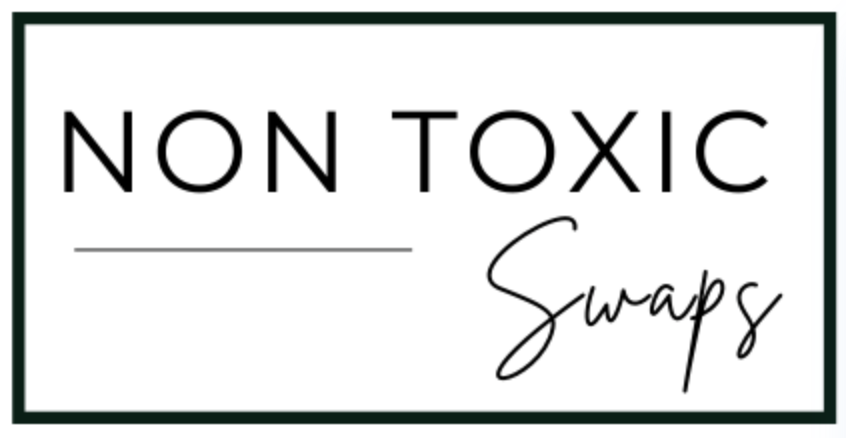Last Updated on May 3, 2025 by NonToxicSwaps
Non toxic shampoo eliminates daily exposure to toxic chemical ingredients from your hair care routine. Use a safer option by swapping to one of these non toxic shampoo options.

Affiliate disclosure: As an Amazon Associate, we may earn commissions from qualifying purchases from Amazon.
Ingredients to Avoid in Shampoo
- Fragrance: umbrella term including hundreds of toxins, including hormone disrupting phthalates, as well as skin irritants and allergens. Chemicals that are hidden behind this term can be carcinogenic, respiratory irritants, endocrine disruptors, reproductive toxins, neurotoxins, and more (PMID: 35669814)
- Phenoxyethanol: deemed generally safe at a 1% concentration, however it’s production process, ethoxylation, can potentially contaminate phenoxyethanol with 1,4-dioxane and ethylene oxide (see above for ethoxylated ingredient description) (PubChem CID: 31236)
- Potassium sorbate: skin, eye, respiratory irritant, (PubChemID: 23676745); caused DNA damage when combined with ascorbic acid and Fe-salt (PMID: 12176085) and deemed genotoxic to human lymphocytes by this study (PMID: 20036729)
- Polyquarterniums: (aka “quats”) group of polymers that may release formaldehyde and produce nitrosamines, both of which are known carcinogens (PubChem CID: 6433396)
- Ethoxylated ingredients (PEGs, PPGs, polysorbates, ceteareth, phenoxyethanol): ethoxylation process produces ethylene oxide, a carcinogen and developmental toxin (PubChem CID: 6354) and 1,4-dioxane, a suspected carcinogen (PubChem CID: 31275)
- Sodium Laureth Sulfate (SLES): penetration enhancer which can cause other ingredients to be more readily absorbed through the skin; may cause skin irritation, may react with other ingredients to form nitrosamines (carcinogen), may contain 1,4-dioxane (carcinogen)
- Sodium lauryl sulfate (SLS): skin & potential respiratory irritant (PubChem CID: 3423265)
Best Non Toxic Shampoo
Non Toxic Shampoo
Non Toxic Baby & Kids Shampoo
- Carina Organics Baby Shampoo and Body Wash
- Zuma Organic Kid’s Shampoo
- Badger Baby Foaming Shampoo & Wash
- Baja Baby Shampoo & Body Wash
Check out more Non Toxic Swaps recommendations in the guides below:
NON TOXIC PERSONAL CARE GUIDES
- Toothpaste
- Hand Lotion
- Deodorant
- Men's Deodorant
- Body Lotion
- Body Wash
- Bar Soap
- Non Toxic Valentines’ Day Self Care Guide
Hair Care
Skin Care
NON TOXIC HOME GUIDES
NON TOXIC MAKEUP GUIDES
NON TOXIC BABY GUIDES
- Baby Laundry Detergent
- Baby Wash
- Baby Sunscreen
- Baby Diapers
- Baby Wipes
- Baby Lotion
- Baby Safe Paint for Cribs
- Eczema Cream for Babies & Kids







